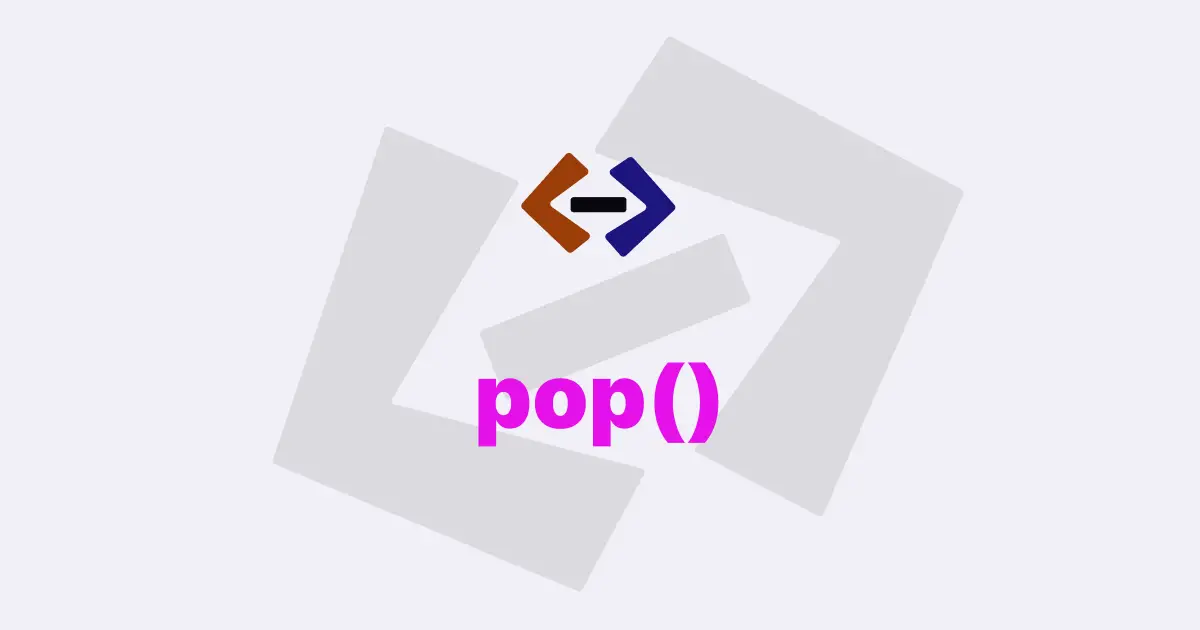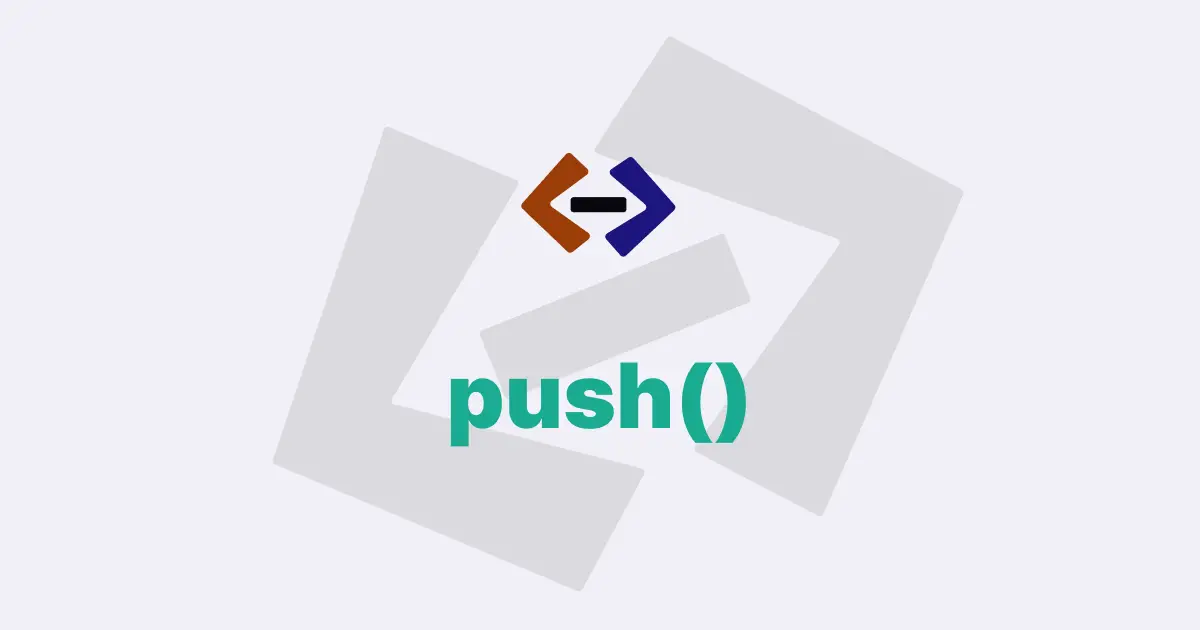The shift() method is one of the built-in array methods in Javascript, and it is used to modify the contents of an array by removing the first element and shifting the remaining elements down by one position.
It is commonly used to manipulate arrays in order to add or remove elements from the beginning of the array.
Understanding how the shift() method works can be helpful in managing arrays effectively in Javascript.
Syntax of shift() method:
arr.shift();where arr is the array from which you want to remove the first element.
The shift() method removes the first element from the array and returns the removed element. This means that the original array is modified, and the removed element can be captured and used in your code if needed. The remaining elements in the array are shifted down by one position, and their indexes are updated accordingly. Additionally, the length of the array is decremented by one.
For example:
const fruits = ["apple", "banana", "cherry"];
console.log(fruits); // ['apple', 'banana', 'cherry']
const firstFruit = fruits.shift();
console.log(firstFruit); // 'apple'
console.log(fruits); // ['banana', 'cherry']In this example, we have an array called fruits that contains three elements: 'apple', 'banana', and 'cherry'. We then call the shift() method on the fruits array, which removes the first element 'apple' from the array and returns it. The removed element is stored in the firstFruit variable, and the updated fruits array after the shift() method is called contains only 'banana' and 'cherry'.
It’s important to note that the shift() method modifies the original array. If you don’t need to capture the removed element and simply want to remove the first element from the array, you can call array.shift() without assigning it to a variable.
Here are some examples usage of the shift() method:
1. Removing the First Element from an Array
The shift() method can be useful when you want to remove an item from the beginning of a list or a queue, where the order of elements matters. By calling array.shift(), you can easily remove the first element from the array and shift the remaining elements down by one position.
const numbers = [1, 2, 3, 4, 5];
console.log(numbers); // [1, 2, 3, 4, 5]
const removedNumber = numbers.shift();
console.log(removedNumber); // 1
console.log(numbers); // [2, 3, 4, 5]In this example, the numbers array contains five elements, and calling numbers.shift() removes the first element '1' from the array and returns it. The updated numbers array after the shift() method is called contains only the remaining elements '2', '3', '4', and '5'.
2. Shifting Elements in a Queue-Like Data Structure
The shift() method can also be used to simulate a queue-like behavior in Javascript arrays. In a queue, elements are added at the end and removed from the front, following the “first-in, first-out” (FIFO) principle. By using the shift() method, you can simulate the removal of elements from the front of an array, effectively shifting the elements to the left.
For example:
const queue = ["item1", "item2", "item3"];
// Add item to the end of the queue
queue.push("item4");
console.log(queue); // ['item1', 'item2', 'item3', 'item4']
// Remove item from the front of the queue
const removedItem = queue.shift();
console.log(removedItem); // 'item1'
console.log(queue); // ['item2', 'item3', 'item4']In this example, we have an array queue that represents a queue-like data structure with items 'item1', 'item2', and 'item3'. We use the push() method to add 'item4' to the end of the queue, and then we use the shift() method to remove the first item 'item1' from the front of the queue, effectively shifting the remaining items to the left.
3. Handling Empty Arrays
It’s important to note that if you call shift() on an empty array, it will return undefined and the array will remain empty. This behavior can be used to handle cases where you need to check if an array is empty before performing any operations on it.
const emptyArray = [];
const removedElement = emptyArray.shift();
console.log(removedElement); // undefined
console.log(emptyArray.length); // 0In this example, we have an empty array emptyArray, and calling emptyArray.shift() returns undefined as there are no elements to remove from the array. The length of the emptyArray remains 0 as it is empty.
4. Performance Considerations
While the shift() method is useful for removing elements from the front of an array, it’s worth noting that it has a time complexity of O(n), where n is the number of elements in the array. This means that as the array grows in size, the time it takes to shift all the remaining elements becomes longer.
In cases where you need to frequently remove elements from the front of a large array, using shift() may not be the most efficient option in terms of performance.
Thank you for reading, and let’s have conversation with each other
Thank you for reading my article. Let’s have conversation on Twitter and LinkedIn by connecting.



